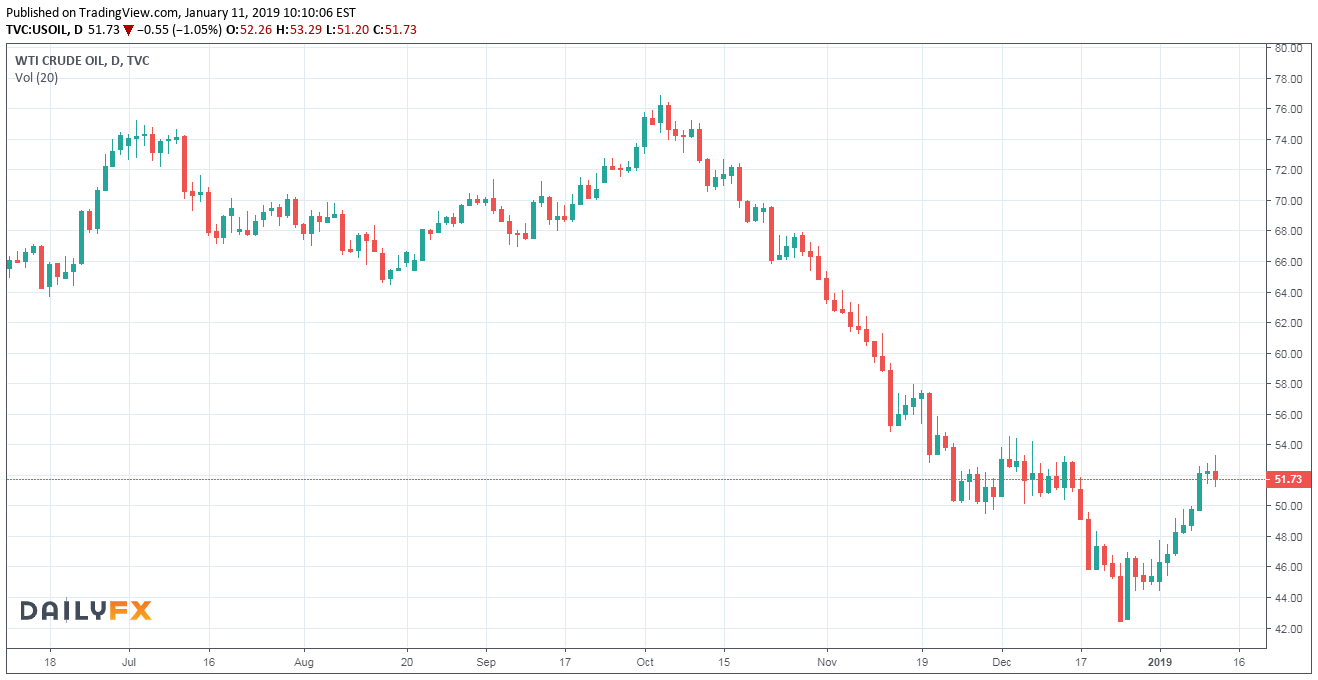OPEC production cuts will soon start to bite and make us forget about a so called over supplied product market, notes Phil Flynn, Senior Energy Analyst, The PRICE Futures Group.
Remember that talk of an oversupply in oil? Well that was so last year— or maybe December. The recovery in oil is now at the longest winning streak since 2010 — at least in terms of consecutive up days, not by overall price move. The shift in mood is based on the fact that the end of the year swoon in oil was due to a lot of false prices and irrational pessimism.

That pessimism put into motion the underpinning for this consequential comeback and signals much higher prices later this year. While we are coming into significant resistance at $53.50 and again at $54.17, based on February WTI, the reality of OPEC production cuts will start to set in. In the short term a battered shale sector will be hard pressed to match the cuts until later in the year when new pipelines start to open to remove oil bottlenecks. Yet in the short term, we expect U.S. rig counts will continue to decline and U.S. production will stagnate.
OPEC production cuts will soon start to bite and make us forget about a so called over supplied product market. While we seem to have a lot of gasoline, we still must have the right type of gasoline. We will still have to go into summer blends and drawdown supply.
While more shale oil may be good for gasoline diesel, it is still a challenge. Nick Cunningham at Oil Price writes: “One consequence of U.S. shale continuing to grow while OPEC+ countries keep barrels off of the market, is the increasing shift towards lighter oils in the global crude slate. Oil from West Texas tends to be light, while barrels from Saudi Arabia are more of the medium variety. Prices for gasoline and naphtha have grown increasingly weak – a result of the surging supply of light oil. Meanwhile, medium and heavy supplies are less abundant, and diesel prices reflect that.
Nick says that the “light/heavy disparity could grow as the year wears on, with the impending regulations on marine fuels from the International Maritime Organization (IMO) set to take effect at the start of 2020. The IMO rules will force dirty fuel oil out of the mix for ship-owners, and diesel and other distillates will be called upon to fill the void. Analysts have long predicted that the IMO rules could drive up global crude oil prices.
Norway oil output is also falling. Reuters reported that Norway’s oil regulator reduced its forecast for production this year, predicting crude output could drop to the lowest in three decades before recovering in 2020. Oil output of 82.2 million cubic meters, or 1.42 million barrels a day, would be the lowest since 1988. The forecast compares to actual production of 86.2 million last year and is down from an earlier estimate of 87.2 million.





















